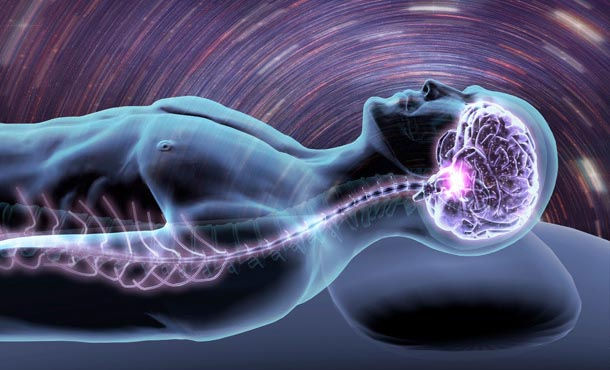The Role of Brain in Human Emotions
- Shamsi Mumtahina momo

- Dec 21, 2022
- 2 min read
Emotions are the result of a complex interplay of many regions of the brain. Prominent among these regions is the limbic system.The limbic system includes three parts of the cerebral cortex-the amygdala,the hippocampus and the olfactory bulb-along with some inner portions of the cortex’s lobes and sections of the thalamus and hypothalamus.These structures interact with sensory areas of the neocortex and other higher brain centers, mediating primary emotions that manifest themselves in behaviors such as laughing and crying.It also attaches emotional feelings to basic, survival related functions controlled by the brainstem,including aggression,feeding and sexuality. Moreover, the limbic system is central to some of the behaviors-such as extended nurturing of infants and emotional bonding to other individuals-that distinguish mammals from most reptiles and amphibians.

Structure of the limbic system forms early in development and provides a foundation for the higher cognitive functions that appear later, during the development of neocortical areas. We are born with brain circuits prepared to recognize the crude elements of faces,to support bonding to a caregiver,and to express fear,distress and anger. Learning and memory processes and then build a history of the particular sensing and motor actions that are successful in obtaining warmth and food. We also begin very early to distinguish right from wrong-by perceiving happy or angry facial expressions and vocal expressions. The amygdala, a structure in the temporal lobe is central in recognizing the emotional content of facial expressions and laying down emotional memories.
This emotional memory system seems to appear earlier in development than the system that supports explicit recall of events,which requires the hippocampus. Adults who learn to avoid an aversive situation,such as an image that is always followed by a mild electric shock,remember the image and experience autonomic arousal-as measured by an increased heart rate or sweating-if the image is presented again. Some adults with damage to the hippocampus report that they do not recognize the image,but the autonomic arousal still occurs because the emotional memory mediated by the amygdala is still intact. Conversely,other patients with damage confined to the amygdala do not exhibit autonomic arousal,but they recall the image because explicit memory mediated by the hippocampus is intact.
As children develop,primary emotions such as pleasure and fear-are associated with different situations in a process that requires portions of the neocortex,especially the forwardmost part of the frontal lobes,called the prefrontal cortex. The remarkable medical case of Phineas Gage reveals just how important this emotional learning can be.Gage had an accident where a rod entered his skull and astonishingly after he recovered,his personality changed drastically. Neuroscientists studied Gage’s skull and determined that the rod had destroyed portions of his frontal lobes known to mediate emotions. Today, patients who are diagnosed with tumors or lesions in these regions sometimes suffer from the combinations of these symptoms. Their intellect and memory seems intact,but their motivation,foresight,goal formation and decision making are flawed.Their emotions and feelings are diminished.
References:




Comments